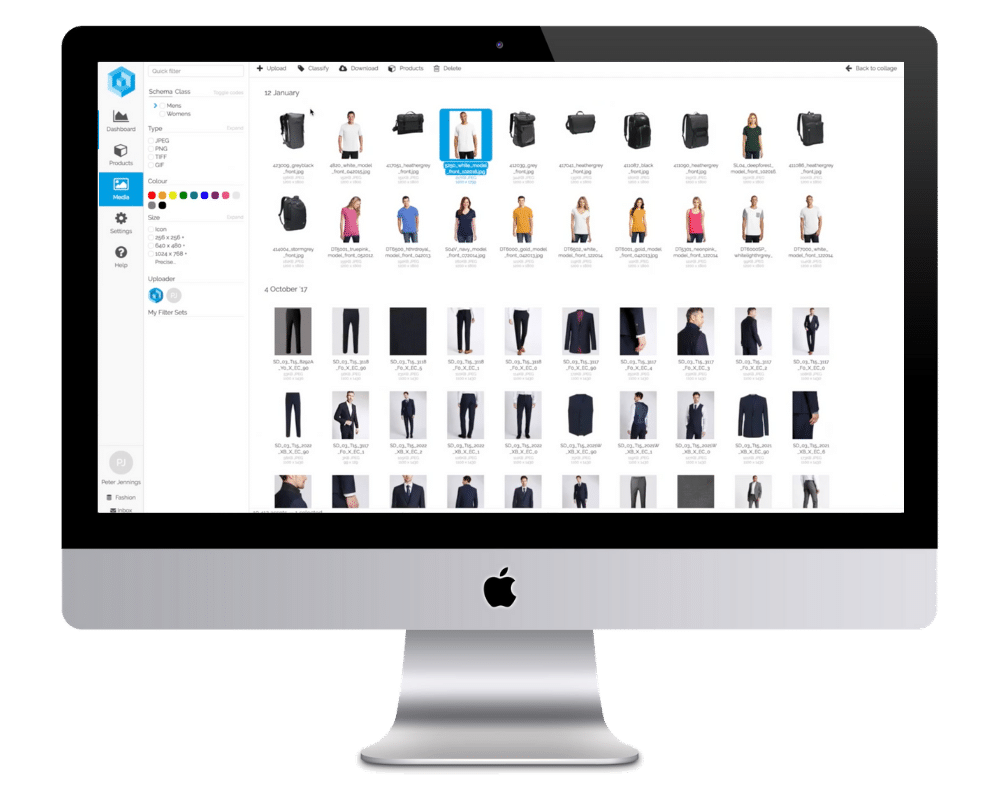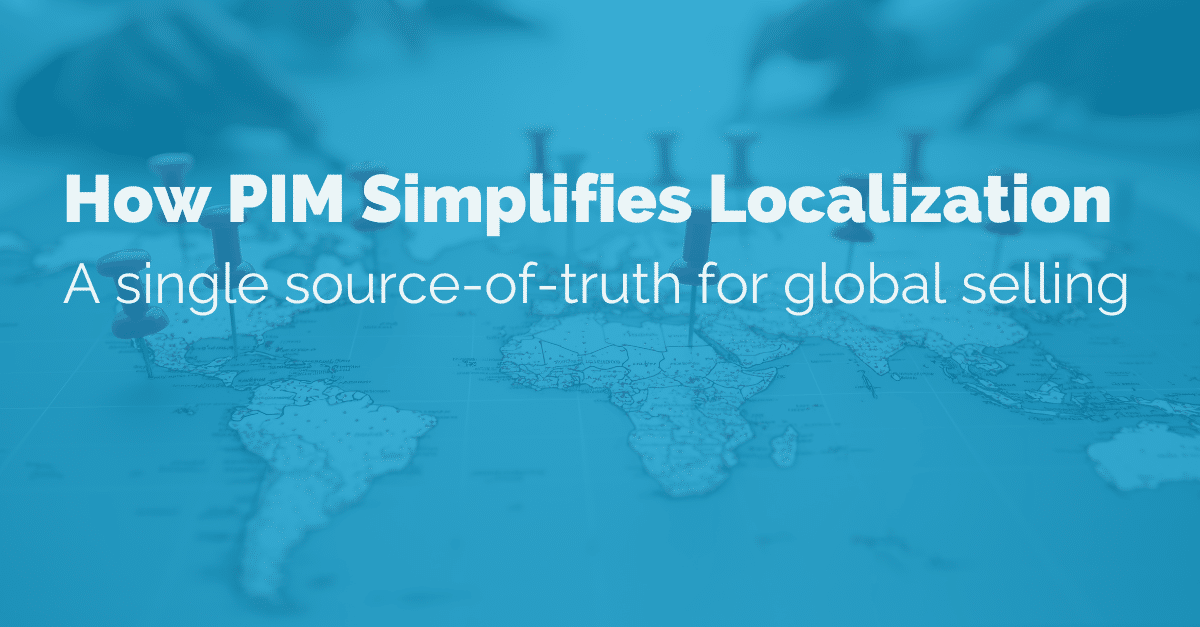Key Takeaways:
-
Online marketplaces for electronics offer convenience, price comparison, and access to global brands and sellers in one place.
-
Marketplaces like Amazon, Newegg, and eBay dominate the space, but niche and emerging platforms are gaining traction.
-
Centralized product information (via PIM) helps brands succeed across multiple marketplaces by ensuring consistent, accurate listings.
What Are Online Marketplaces for Electronics?
Online marketplaces for electronics are eCommerce platforms where third-party sellers and/or the platform itself offer a wide range of consumer electronics — from smartphones and gaming consoles to smart home devices and accessories. Unlike branded online stores, marketplaces typically list multiple sellers for the same item, often with varying prices, shipping times, and service levels.
Popular platforms include Amazon, Walmart, Best Buy Marketplace, eBay, and region-specific platforms like Flipkart or AliExpress. These marketplaces allow consumers to compare prices, review seller ratings, and explore a broader catalog than most single-brand online stores can offer.
Use Cases
Whether you’re a consumer looking for the best deal on a new iPhone or a business sourcing bulk hardware, electronics marketplaces offer:
-
Price comparison at scale
-
Refurbished and new options
-
Access to global and local sellers
-
Customer reviews and Q&A for product confidence
-
Seller promotions and lightning deals
Why Online Marketplaces Matter for Electronics Brands and Retailers
Challenge #1: Channel Competition & Visibility
With thousands of sellers vying for attention, standing out in marketplaces is challenging — especially when multiple sellers list the same item. Poorly optimized listings can bury even the best product.
Solution: Optimized Listings with Centralized Product Data
Brands that succeed in marketplaces leverage the right SaaS platforms in their tech stacks to organize and syndicate their product data. This ensures:
-
Accurate and enriched product descriptions
-
High-quality, channel-specific images
-
Consistent specs across platforms
-
Optimized SEO for each marketplace’s algorithm
This kind of control increases your chances of beating out the competition in omnichannel selling, gaining visibility in search, and driving higher conversions.
Reducing Friction for Consumers and Retailers
Key Feature #1: Built-in Trust Signals
Unlike standalone webstores, most online marketplaces offer built-in trust mechanisms such as verified reviews, seller ratings, and return protections. This reduces friction in the buying process, particularly for high-ticket electronics.
Use Case Example: Buying a Laptop from a Marketplace
Let’s say a customer wants a new MacBook. On Amazon, they can compare prices from Apple directly, certified refurbishers, and resellers offering bundles. Amazon’s buyer protection policy ensures that even if something goes wrong, the customer is covered — which boosts confidence and drives purchases.
The Top 10 Online Marketplaces for Electronics
Here’s a curated list of the best online marketplaces for electronics — covering global giants, niche players, and emerging challengers:
1. Amazon
-
Why it ranks: Largest product catalog, fast shipping, trusted brand
-
Strengths: Buy Box, FBA fulfillment, global reach
-
Best for: Brands looking to scale quickly and reach mass-market customers
2. eBay
-
Why it ranks: Legacy resale and auction model, global audience
-
Strengths: Ideal for refurbished, rare, and pre-owned electronics
-
Best for: Sellers with unique or vintage inventory, and bargain-hunters
3. Walmart Marketplace
-
Why it ranks: Fast-growing marketplace with strict seller standards
-
Strengths: High consumer trust, omnichannel fulfillment
-
Best for: Brands looking to align with a value-driven, US-based customer base
4. Newegg
-
Why it ranks: Electronics-first platform with a loyal tech-savvy customer base
-
Strengths: Product reviews, strong niche in PC components and gaming
-
Best for: Hardware brands, gaming gear, and component retailers
5. Best Buy Marketplace
-
Why it ranks: Trusted electronics retailer with extended seller network
-
Strengths: Strong brand association, BOPIS (Buy Online Pickup In Store)
-
Best for: Brands seeking retail shelf space + online exposure
6. AliExpress
-
Why it ranks: Global marketplace with deep inventory and competitive pricing
-
Strengths: Sourcing directly from Chinese manufacturers, bulk pricing
-
Best for: International sellers, dropshippers, and low-cost tech accessories
7. B&H Photo Video
-
Why it ranks: Pro electronics and AV equipment trusted by creators
-
Strengths: White-glove customer service, professional-grade products
-
Best for: Prosumer electronics, photography gear, AV tech
8. Back Market
-
Why it ranks: Refurbished electronics marketplace with sustainability focus
-
Strengths: Certification process, warranties, green branding
-
Best for: Brands looking to resell returns or refurbished stock
9. Facebook Marketplace
-
Why it ranks: Hyperlocal marketplace for peer-to-peer transactions
-
Strengths: Fast-moving, low-cost, highly visible listings
-
Best for: Small-scale or C2C sales, used and local-only items
10. Target Plus
-
Why it ranks: Invite-only platform with curated sellers
-
Strengths: High trust brand, growing eCommerce footprint
-
Best for: Established electronics brands with strong logistics and fulfillment capabilities
Online Marketplaces for Electronics and PIM: Why Product Information Matters
Selling electronics in competitive marketplaces comes with high stakes — a wrong spec, outdated image, or inconsistent price can mean the difference between a sale and a return.
This is where a Product Information Management (PIM) platform becomes essential.
A PIM centralizes product content and allows you to:
-
Tailor product listings to each channel’s specs (e.g., Amazon vs Newegg)
-
Localize product info for global marketplaces
-
Ensure consistent product titles, descriptions, images, and attributes
-
Push updates in real time to avoid outdated listings
With the right PIM/DAM solution in place, you can scale across multiple marketplaces confidently while maintaining data accuracy and brand consistency.
FAQs
Q: Which online marketplace is best for selling refurbished electronics?
A: Platforms like Back Market, eBay, and Amazon Renewed specialize in refurbished or pre-owned electronics. These platforms often have certification processes and buyer protections in place, making them ideal for both sellers and consumers looking for deals with confidence.
Q: How do I manage product listings across multiple marketplaces?
A: Using a PIM system is the most efficient way to manage listings across platforms. It ensures all product data is centralized and optimized per channel, saving time, improving accuracy, and reducing returns.
What This Means for Electronics Retailers and Brands
To summarize, online marketplaces for electronics are central to modern retail strategies. Whether you’re a brand launching direct-to-consumer or a distributor scaling across new channels, these platforms offer massive reach and customer acquisition potential.
But competition is fierce. Brands must invest in:
-
Optimized, enriched listings
-
Real-time inventory and pricing updates
-
Consistent product data across channels
A centralized PIM solution like Pimberly enables this scalability and consistency, turning complex, multi-channel commerce into a growth engine. Want to see how a unified PIM + DAM platform can help you manage listings across Amazon, Walmart, Newegg, and beyond? Read more about omnichannel product strategy here.






















